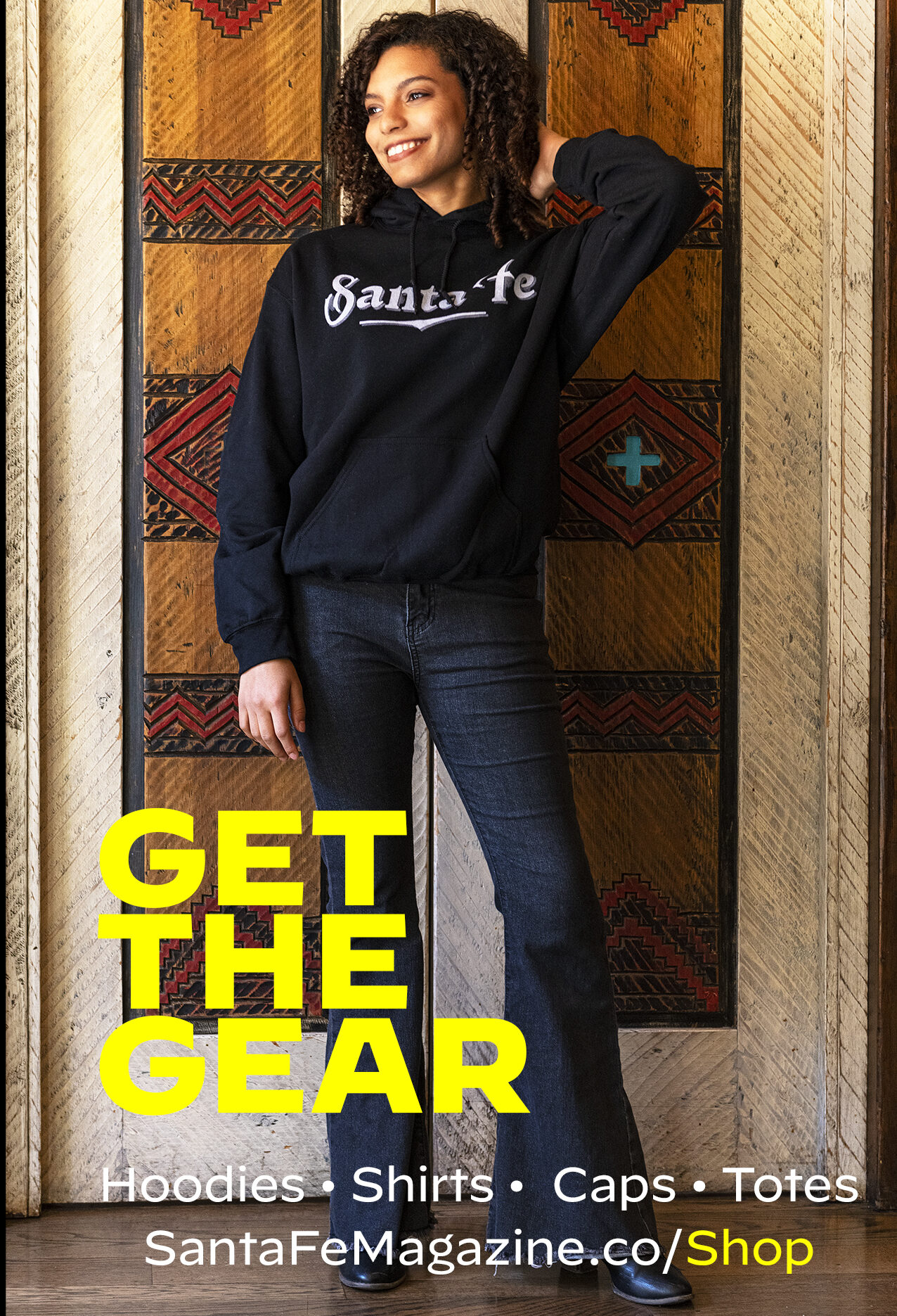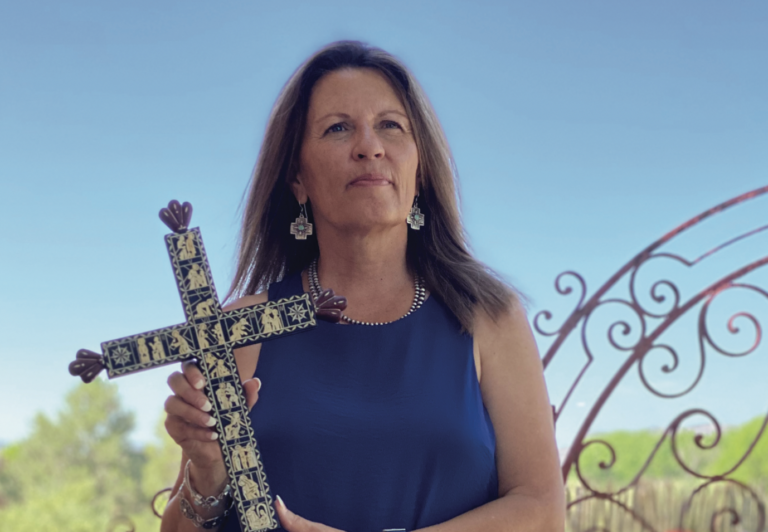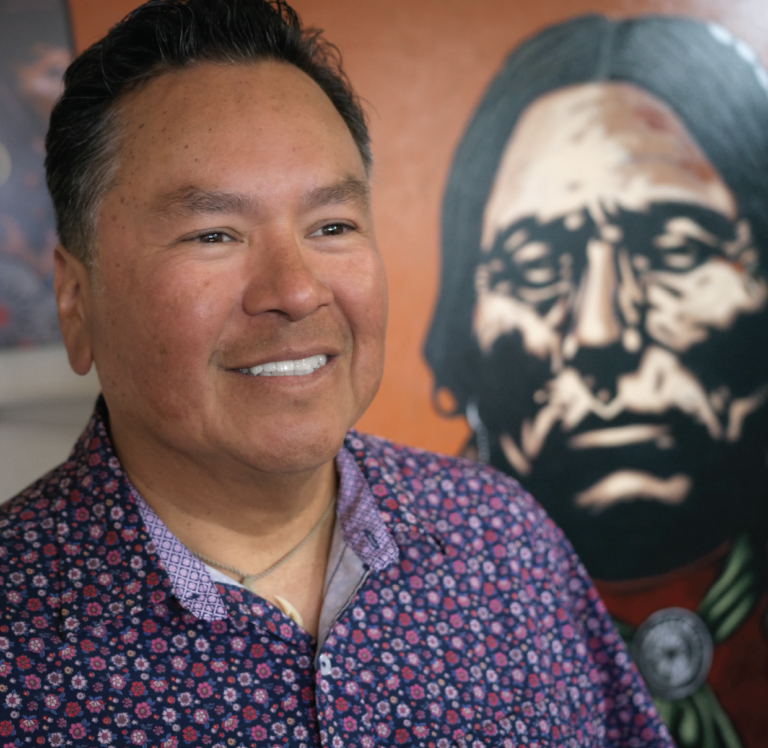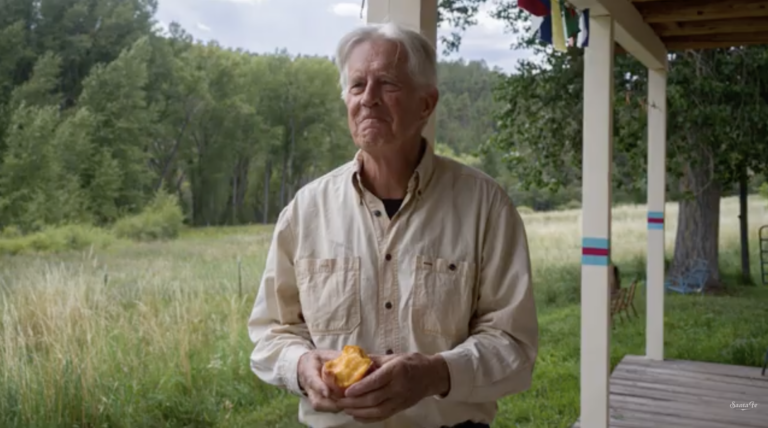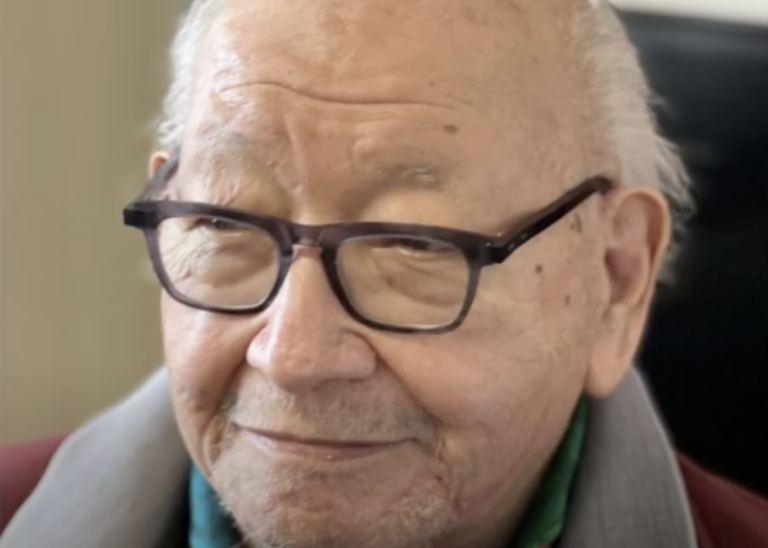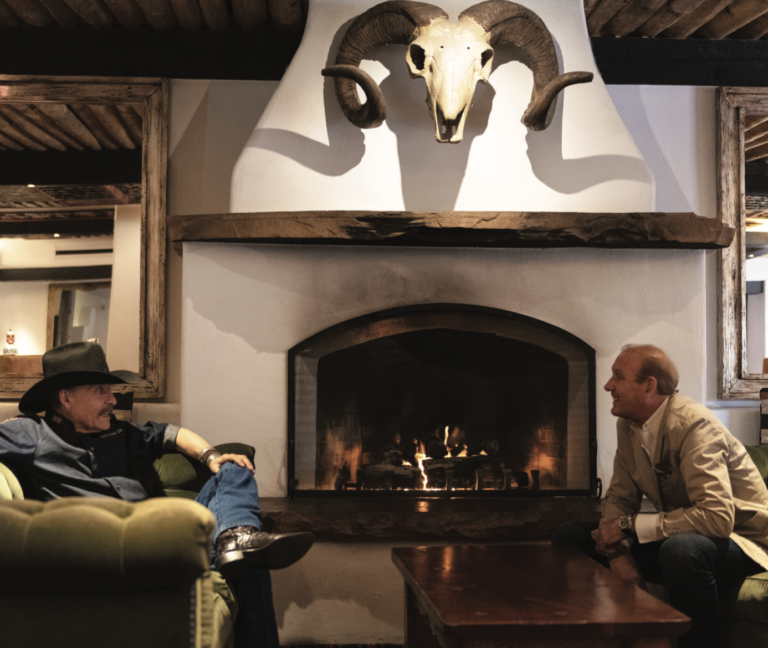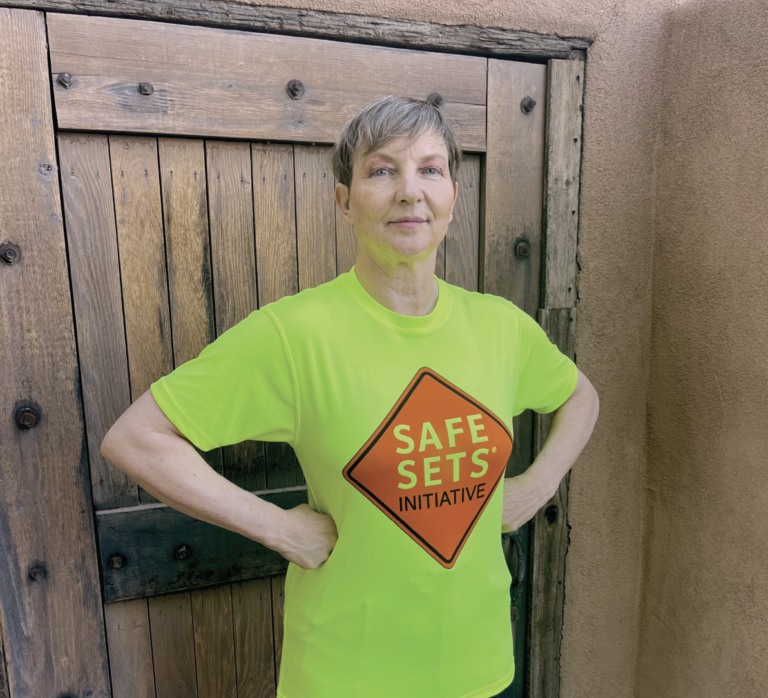HE IS A CLASSIC PHOTOJOURNALIST. He is old-school by trade, by temperament, curiosity, luck, and by courage.
They are not making many of these anymore.
The camera, for Tony O’Brien, is about connecting. It is a conversation about touching, knowledge, understanding and intimacy. His pictures tend to rest in the uniquely perishable, yet totally true and transitory, and the seemingly unimportant. He gravitates toward the fringes, away from the heat of action. It is the stuff of life that often passes without notice. He needs to tell that story.
For a guy who in person is pretty crusty, western, Marlboro-mannish, you are initially surprised at his apparent willingness to put himself on the line.
But when he looks at you, one can see he studies what he sees.
You can imagine how much he has cared and still cares. You understand why his subjects have trusted him. He often identified with the objects of his compassion or his horror. Among other things, this capacity landed him in a ton of trouble.
He seems to think it was worth it.
Is being a photojournalist as valued as it used to be?
People are visual. They look at images, they love images, they love even more video. But it’s become more difficult to be a photojournalist these days.
Journalism is shrinking. The digital world, the internet, is becoming a different animal.
You have AI, for instance. I can sit in my house today and make an incredible image of Gaza that might win an award. I’ve heard that Leica and Sony now have some kind of chip in their camera that says this is a real photograph. So you can tell it was not manipulated.
Can you make a living from this?
Most people who do editorial also do commercial work. I happened to be fortunate in that I never did very much commercial work. I hated lighting things. I’d plug in lights and they’d just short right out before I even started shooting.
You have been all over the place. What were you shooting in Afghanistan?
There was a war going on in Afghanistan and a Soviet occupation of the country.We were funding the Mujahideen, the rebels that were fighting the Soviet-backed government. I was actually going to Pakistan.
At that time in Pakistan, Benazir Bhutto, from a very political family, became president and prime minister. He was under house arrest. And it was a big story. And I thought, Oh, I’ll go cover the unrest in Pakistan, see what’s happening. The night I was leaving, there was a hijacking of an airplane in Karachi – that’s where I was flying. So we were sent off to Mumbai, and then it just so happened that the hostages were released and sent to Mumbai, and I happened to be there having no idea where I was, what I was doing or what was going on.
Right place, right time.
Yes, and then I went to Pakistan. The day that I arrived in Pakistan, Benazir Bhutto is released from house arrest and that story goes away. But there just so happened to be a number of correspondents there and one was going to Peshawar to look into the war of Afghanistan and he asked me if I wanted to go. I knew nothing about Afghanistan, but I thought, Well, okay, I’ve got work. I went. The big deal was you’re supposed to go inside with a rebel group, and it usually takes three weeks. But I got a phone call at 3 o’clock in the morning saying, If you wanna go inside with a rebel group, be ready tomorrow. And that was my step into that world.
Do you have to figure out the story?
Yes, you try to figure out what the story is. I did a project on drugs and prostitution in Washington and New York City, and I worked on it for about four or five months. I was on the streets hanging out with all the junkies, all the crack addicts. You get to know some of them. You stop being the photographer so much and just become, oh, that guy, that’s Tony.
Hanging out with the drug addicts in Washington DC, you see what poverty can do, how you lose hope sometimes. The junkies are considered as nothing. The police would come to a corner, get out of the car, beat the junkies to the ground and drive off. But when I got beat up, who helped me? It was all the junkies. They picked up my cameras. They called the ambulance.
WANT TO READ MORE? SUBSCRIBE TO SANTA FE MAGAZINE HERE!
Photo SFM



